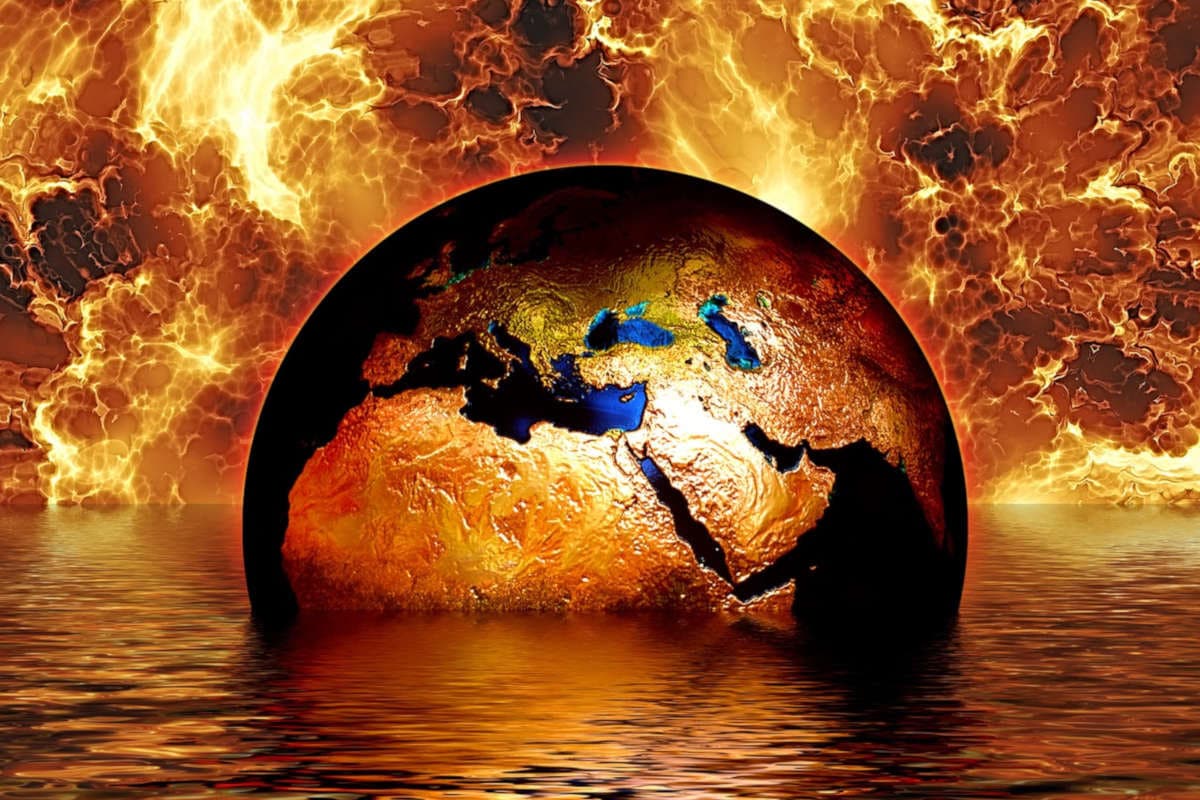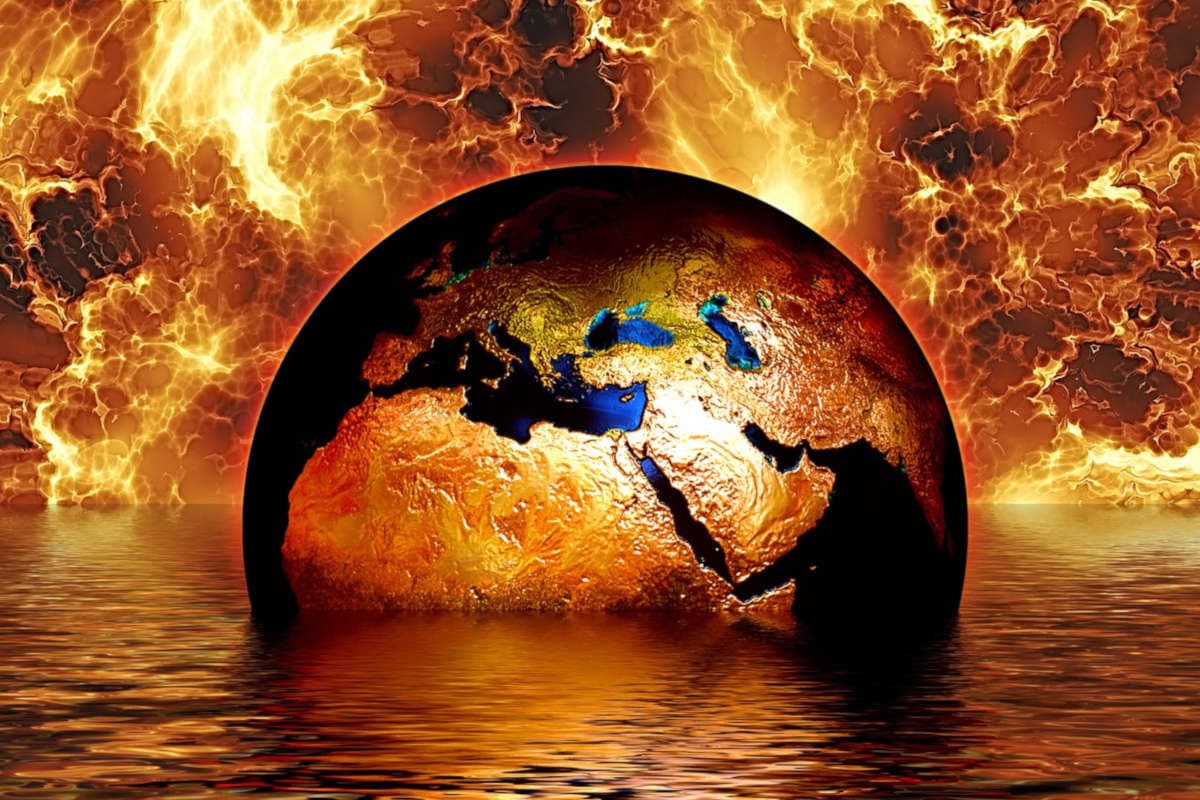
It is obvious that global warming will continue in the short term and should reach 1.5°C (compared to 1850-1900) by the early 2030s. Then the IPCC modelled several scenarios, which will depend mainly on our greenhouse gas emissions. If the latter are low, it will be possible to limit the warming below 2°C, or even 1.5°C in case of a sharp decrease. According to the IPCC, the policies currently in place raise the prospect of warming from 2.4°C to 3.5°C in 2100.
The consequences of climate change will increase as global warming continues. This concerns: temperature extremes, rainfall intensity, drought severity, increase in frequency and intensity of rare climatic events, acceleration of permafrost melting, sea ice in the Arctic, mountain glaciers and ice caps in Greenland and Antarctica. The natural mechanisms of carbon absorption will be less and less effective.

Some impacts of climate change, such as rising sea levels or melting ice caps, will be irreversible for centuries or even millennia. The risks will be increasingly complex, combined, cascading and difficult to manage. They will also worsen with increasing warming in all regions of the world, but especially in the most exposed and vulnerable. The IPCC report identifies warming thresholds that cause irreversible impacts on biodiversity loss. Some limits of adaptation have already been reached, others will inevitably be reached on the scale of human existence.
It is imperative to stabilize warming at 1.5°C, which requires CO2 neutrality by 2050; no more CO2 will be emitted into the atmosphere than we are capable of. This means that the amount of greenhouse gases in our atmosphere must immediately decrease, Moreover, there are other greenhouse gases that are also involved:

Nitrous oxide (N2O), methane (CH4)… resulting from the use of nitrogen fertilizers in agriculture, the treatment, storage, and spreading of animal manure, enteric fermentation of ruminants.
Fluorinated gases developed by industry and used as propellants, for the manufacture of foams or electronic components, etc. These are very powerful GHGs. Some are now banned or regulated, but their long lifetime in the atmosphere makes their effects sensitive for many years to come.
Not all greenhouse gases have the same lifespan in the atmosphere: a few days for water vapour, a decade for methane, 120 years for CO2, up to 50,000 years for certain fluorinated gases.
In order to succeed, all sectors must be concerned: buildings, transport, energy, industry… The electrification of uses also plays an essential role, provided that low-carbon electricity is produced. Agriculture, forestry and land use also represent a significant reduction potential, with real benefits for biodiversity.




